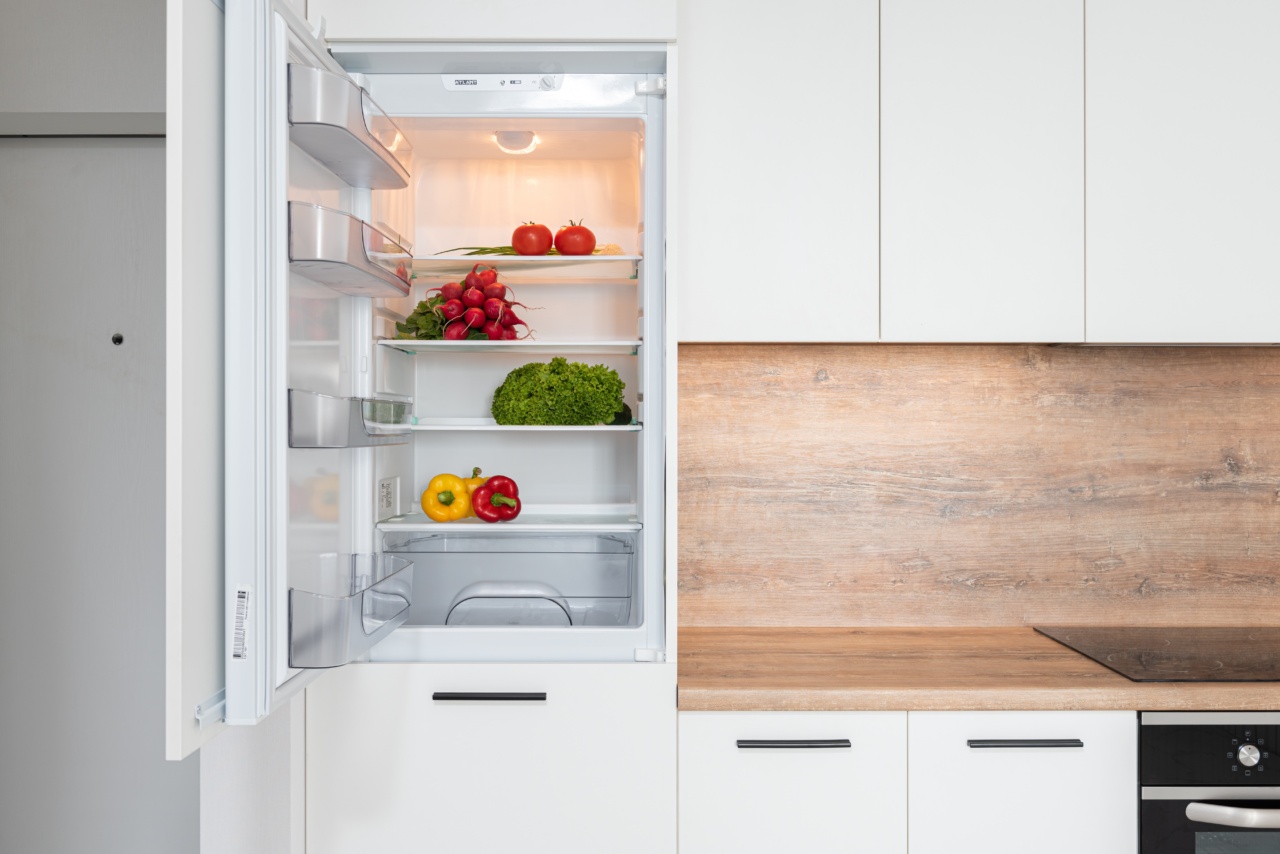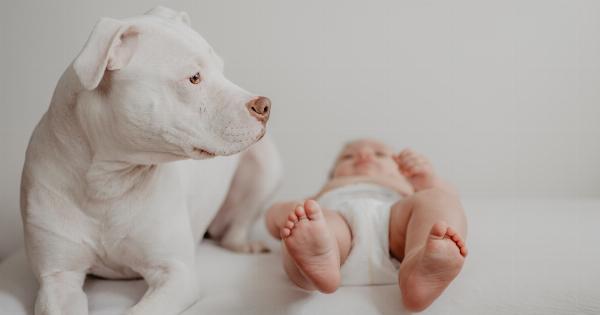Welcoming a new addition to your family is an exciting time, but it can also be overwhelming for your furry friend. Dogs thrive on routine and stability, so introducing a new baby or pet into their lives requires careful preparation and consideration.
By taking the proper steps to prepare your dog, you can ensure a smooth transition and create a harmonious environment for everyone involved. Here are some essential tips to help you prepare your dog for a new arrival.
1. Start Early with Training
If your dog hasn’t been through formal obedience training, now is the perfect time to enroll them in a class or work with a professional trainer.
Basic commands like sit, stay, and leave it will become invaluable when you have a new baby or pet in the house. Consistent training will not only make your dog more obedient but also help them adjust to changes in their routine.
2. Gradually Introduce Changes
Gradual introductions are key to helping your dog adapt to the upcoming changes in your household. For example, if you’re expecting a baby, start by bringing home baby-related items like cribs, strollers, and toys.
Allow your dog to sniff and explore these items while creating positive associations by offering treats or praise. This gradual exposure will reduce any feelings of uncertainty or anxiety.
3. Adjust Your Dog’s Routine
A new arrival will inevitably disrupt your dog’s routine. To minimize the impact, begin making adjustments ahead of time. Consider the changes in feeding, exercise, and playtime that might occur once the baby or new pet arrives.
Gradually shift your dog’s schedule to match the anticipated changes. This will help prevent them from feeling neglected or overwhelmed when the time comes.
4. Socialize Your Dog
It’s important to expose your dog to new experiences and unfamiliar people, especially if they haven’t had much exposure before. Take your dog for regular walks, visits to the park, or enrol them in a doggy daycare or playgroup.
This socialization will help your dog become comfortable with new faces and different environments, preparing them for the arrival of a baby or another pet.
5. Get Your Dog Used to New Sounds and Smells
Babies and pets bring new sounds and smells into your home that can be unsettling for your dog. Help them acclimate by playing recordings of baby noises at a low volume and gradually increasing the volume over time.
Similarly, introduce new scents such as baby powder or pet-specific products. Associating these sounds and smells with positive experiences, like treats or playtime, will help your dog associate them with something pleasant.
6. Teach Boundaries and Respect
It’s essential to establish boundaries and teach your dog to respect the space of the new arrival. Set up baby gates or use playpens to create designated areas for your dog.
This will allow them to observe and familiarize themselves with the new addition while still maintaining a sense of security and personal space. Positive reinforcement is key in helping your dog understand and respect these boundaries.
7. Involve Your Dog in the Preparations
Include your dog in the preparations for the new arrival to make them feel involved and valued. Let them explore the nursery, smell the baby’s items, and get accustomed to the new furniture.
This involvement will engender a positive association and a sense of inclusion, rather than resentment or exclusion when the baby or new pet arrives.
8. Gradual Introductions
When it’s time for the actual introduction, proceed gradually and carefully. For a new baby, start by allowing your dog to sniff a blanket or article of clothing that carries the baby’s scent. Reward your dog for calm and gentle behavior.
Slowly progress to supervised, face-to-face interactions while closely observing your dog’s reactions. Always prioritize safety and be prepared to separate them if necessary.
9. Maintain Your Dog’s Routine and Attention
Ensuring your dog receives sufficient attention and affection is crucial during this transition period. Even with the demands of a new baby or pet, try to maintain your dog’s routine as much as possible.
Set aside dedicated one-on-one time with your dog each day, engaging in activities they enjoy. This will help reassure them that they are still loved and valued members of the family.
10. Seek Professional Help if Necessary
If you’re concerned about your dog’s behavior or feeling overwhelmed with preparing them for a new arrival, don’t hesitate to seek professional help.
A certified dog trainer or animal behaviorist can provide guidance and specific strategies tailored to your dog’s temperament and needs. They can assist in addressing any underlying issues and ensure a smooth transition for both your dog and the new arrival.






























